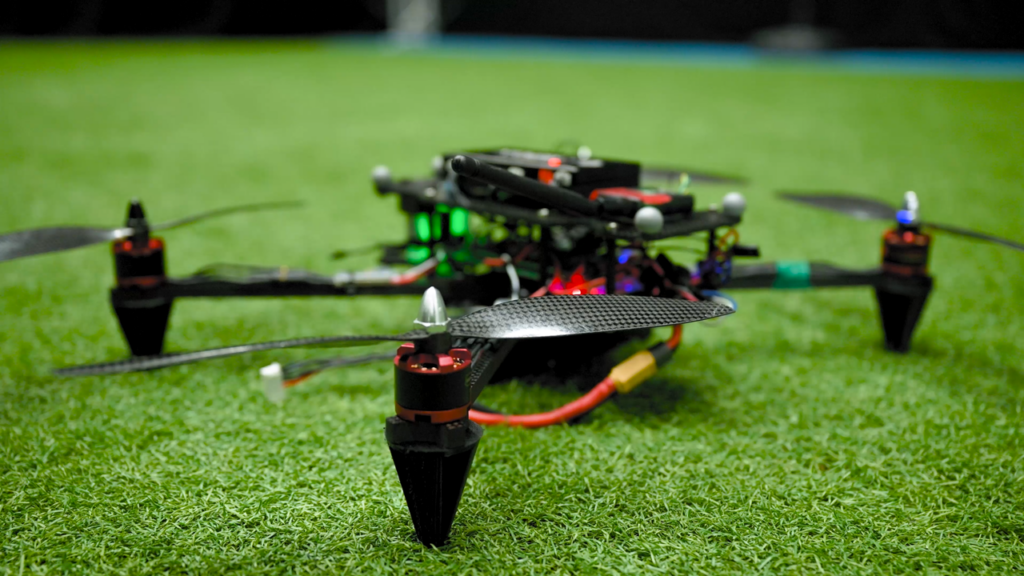
State-of-the-art drone flight controller developer Fusion Engineering, explains the roles of Incremental Non-linear Dynamic Inversion (or INDI) and Proportional, Integral, and Derivative (PID), in ensuring the stability of a drone control system.
In the article “Intro to Incremental Non-Linear Dynamic Inversion (INDI)“ Fusion Engineering’s Lead Control Engineer, Pepijn van den Bos explains:

- How PID control contributes to the partial autonomy of drones
- Why Fusion Engineering decided not to use PID in the Fusion Reflex flight controller
- How Non-Linear Dynamic Inversion (NDI) is it different from PID
- How INDI differs from NDI, and how it affects the behaviour of the Fusion Reflex
- The biggest challenges Fusion Engineering has encountered with INDI
- The types of drones and applications INDI can be most effective in
The article also gives useful insight into taking INDI from theory into practice, and recent tests conducted by Fusion Engineering using a wind tunnel, to assess how different flight and wind conditions affect the system’s behaviour using INDI compared to PID.
Read the article in full on Fusion Engineering’s website.


















